Flora and Fauna Of Galapagos SPecies of Rays

SOLEQMASTER
The Galapagos Islands not only offer breathtaking, diverse flora and fauna above water, but also within the Pacific Ocean opens another species-rich world.
In addition to land-dwelling species, the Galapagos islands are also home to 15 different species of rays. The most common among them are the manta ray, spotted eagle ray, golden ray and Galapagos ray, the former being the largest and heaviest species. It reaches a wingspan of 8.8 meters and a weight of more than two tons. Stingrays, which got their name because of their dangerous sting, also inhabit the Pacific Ocean. This species of stingray is lighter and smaller than the Galapagos stingray, with a size of 1.5 meters.
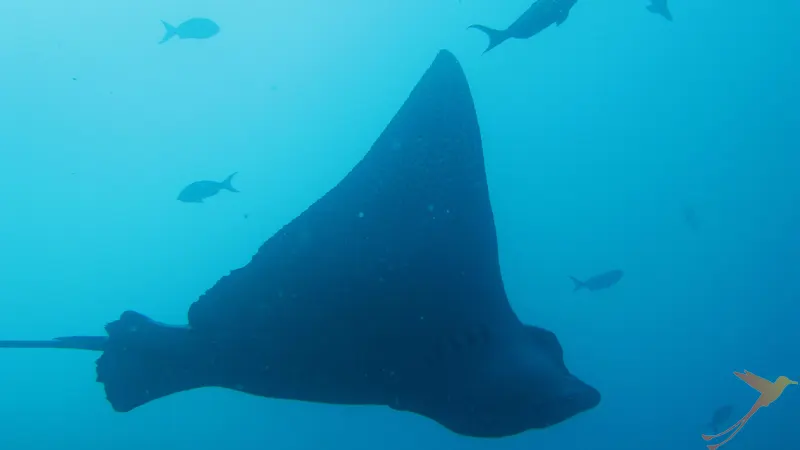
It is important to note that shape and size can vary even within a ray species. All rays, although it may not appear so at first glance, are closely related to shark species, and have a skeleton that consists not of bone but of cartilage. Just like sharks, rays can sense electrical currents from other animals, which makes it easier for them to detect prey and avoid other predators. They have a very flat, round body and a long tail, which in some species has a deadly stinger. However, this is only used in situations where they feel extremely threatened. To get around, they raise their fins up and down, making it look like they are flying through the water. Overall, however, rays are very peaceful animals and do not pose a threat to humans in any way. Despite this, when diving, you should keep enough distance from the animals and harass them to avoid accidents and not disturb the rays.
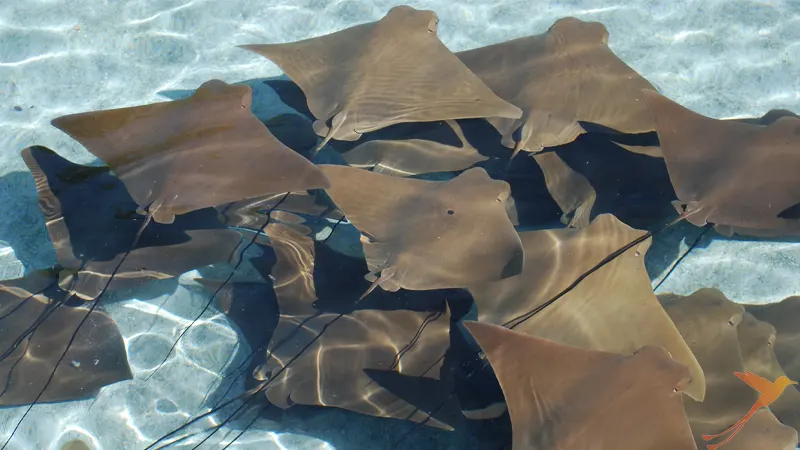
Habitat, Diet and Reproduction
The best way to see the rays is on a dive tour around the islands of Santa Cruz, North Seymour and Floreana. Sightings are also possible during a dive cruise or snorkeling excursion. Especially in clear and shallow waters and between December and May, the probability of seeing the animals is higher. Darwin and Wolf Islands in the northwest of the archipelago also offer a good opportunity. Most rays are carnivorous. Some hunt mollusks, worms, and smaller fish species such as squid directly, while others (including the manta ray) are so-called filter feeders. You may have noticed that rays are mainly found on the ocean floor. This is because they also feed on bottom dwellers, such as sea cucumbers and crustaceans. In addition, rays swallow a mouthful of seawater and sift out the tiny krill and plankton. They become sexually mature at four to five years of age. The mating season occurs between December and April, and births occur only once every two years. The rays belong to the viviparous fishes. On average, one to two young are born after 390 days. The life expectancy is about 20 years.
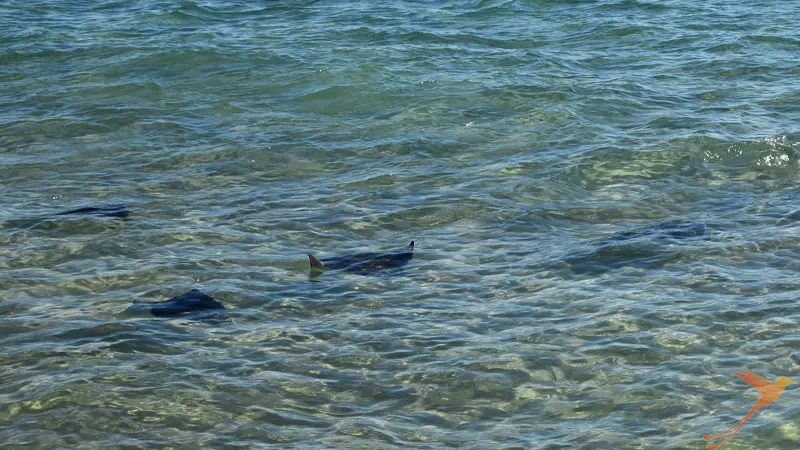
Endangerment
Many of the 15 ray species are classified as endangered or threatened worldwide, but they are safely protected in the waters of the Galápagos Marine Reserve. Nevertheless, marine pollution can contribute to the animals’ endangerment and reduce populations. In order to ensure the continued existence of the ray species and other marine animals, such as the marine iguana or the sea lion, a reduction of plastic waste should be aimed for, and its environmentally friendly disposal should be ensured.
Would you like to see the impressively large rays gliding through the Pacific Ocean and discover different ray species?
We will take you on dives, cruises and many other adventures that will allow you to see these large marine animals alive and in their natural habitat, the Galapagos Islands. The Galapagos Islands also offer an incredible experience for children, as a wide variety of plants and animals, including the Galapagos giant tortoise or the land iguana are found in abundance in the Galapagos Islands. Marine life can be observed by children, for example, on a boat with a glass bottom, so that no animal remains undiscovered.
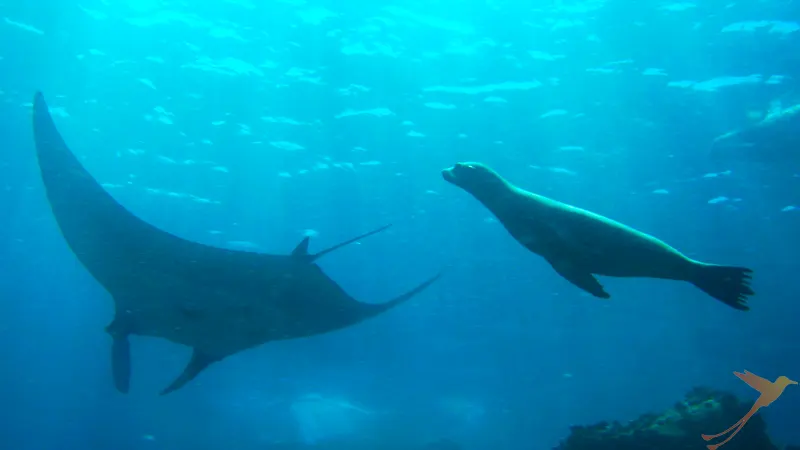
The islands also offer wonderful opportunities for people who enjoy bird watching. Among others, blue-footed boobies, flamingos, and penguins can be spotted on Galapagos. If interested, the Birdwatcher tour can also be continued on the mainland of Ecuador. Here the Amazon rainforest and the Andes offer a unique opportunity to view diverse birds. Ecuador really offers something for everyone! Feel free to contact us, we will be happy to show you this beautiful country and customize your Ecuador trip for you!
So, what are you waiting for? Book your next sustainable vacation with SOLEQ.travel and visit Ecuador and the Galapagos Islands!
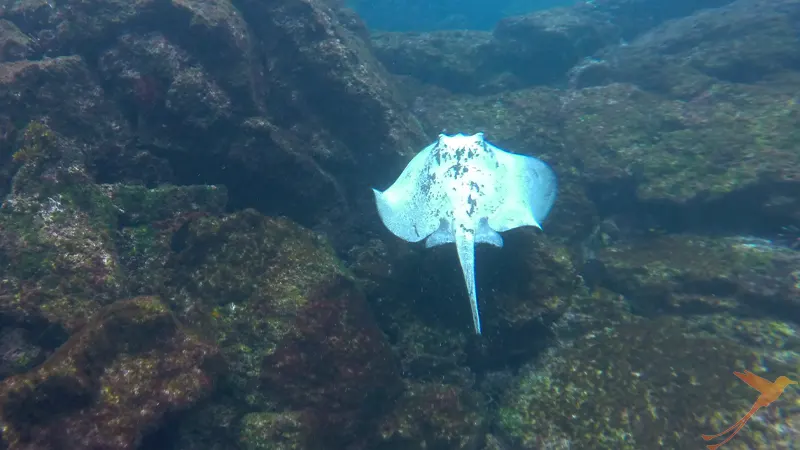
visit our other channels
Recent Posts
- From Manglaralto to Pacoche and surroundings April 18, 2024
- Excursions within the rainforest region of Ecuador April 5, 2024
- Ecuador in a state of emergency?! My personal experience March 22, 2024
- The 10 most beautiful lakes and lagoons in Ecuador – Part 2 March 12, 2024
- The 10 most beautiful lakes and lagoons in Ecuador – Part 1 February 23, 2024